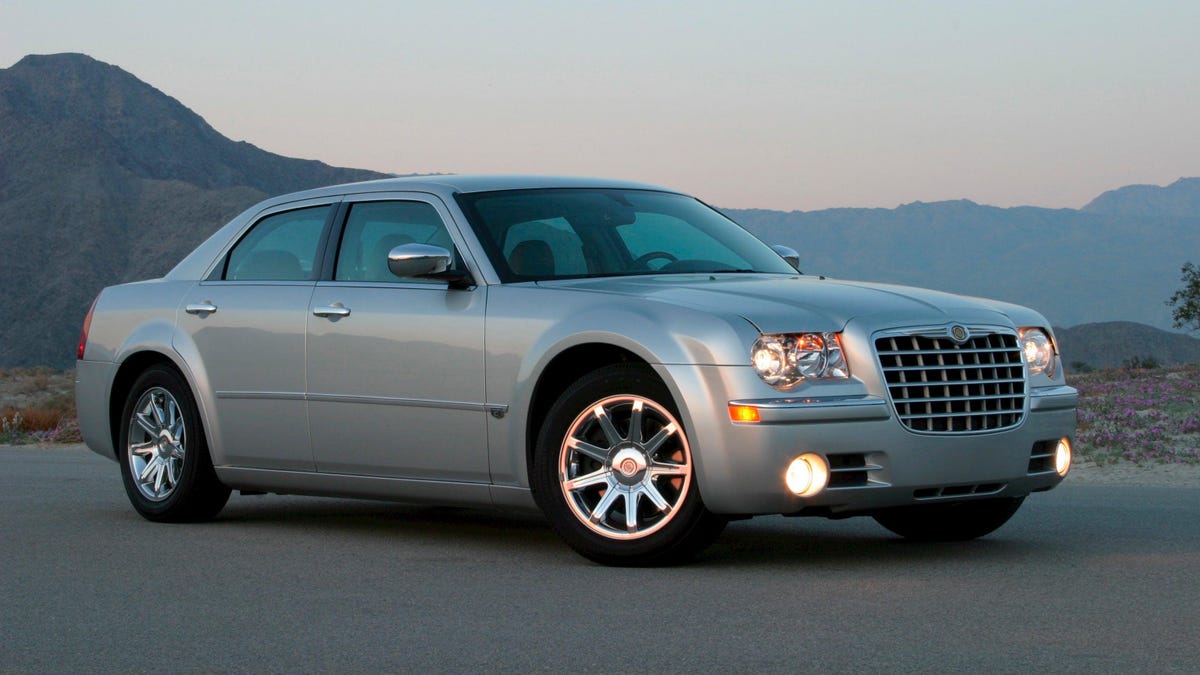Love it or hate it, you can’t really deny the impact that the Chrysler 300 and the LX platform cars had on the automotive industry. The first-generation Chrysler 300 was a design icon, so bold and American it was almost shocking when it hit the market in 2005. Amazingly, though, the future legend almost didn’t make it to production.
In a recent interview with Motor Trend, former Chrysler design and product chief Tom Gale spoke about the 300, its history and its legacy now that the model has officially ended production. Gale rose through the ranks in Chrysler. He started with the company in 1967 and by 1985 he was head of Chrysler design, helping to create and influence iconic models like the cab-forward LH sedans, overseeing the design of the show car-like original Dodge Viper and Plymouth Prowler and of course, the 300.
One part of the interview that was the most eye-opening was Gale explaining how Chrysler’s rear-drive LX platform almost never happened. Despite what most believe, the Daimler Chrysler merger wasn’t the catalyst for Chrysler going rear-wheel drive; Gale says he and a team had been working on a rear-drive successor to the LH cars as early as 1997.
Gale wanted the LH replacement to be rear drive for one key reason: He believed rear drive would enable Chrysler to create a car with the packaging and proportions buyers normally associated with more expensive vehicles. Also, he believed rear drive would make Chrysler’s sedan stand out in a market segment where competition was cutthroat and profit margins were razor thin: “One way to be meaningfully differentiated was to move to a rear-drive car,” he said.
The bomb drop was him admitting that many engineers at Chrysler wanted to stick with front-wheel drive out of familiarity, cost, and “the old Motown canard that front drive was better in the snow.” To both shut them up and prove that was a lie, Gale compromised.
“A BMW with good tires would do anything and everything a front-wheel-drive car would do in the snow, Gale countered. On top of that, he proposed the LX platform would be designed to accept all-wheel drive,” said Motor Trend.
One of the big reasons for wanting a rear-wheel drive car, though, was perception. Market research showed that people would be willing to pay more for something that was rear-wheel drive and came across as premium. It was a no brainer.
“The fact many of the premium European sedans were rear-drive lent an upscale aura to what we wanted to do, and the research supported that,” Gale said.
Ultimately, the rear-drive LX platform and the 300 were born. The Daimler merger made things easier as Gale and his team got to raid the Mercedes parts bin, something he says was one of the good things to come out of the merger. “That’s where we got the five-speed transmission, and of course the E-Class suspension.”
Paired with the iconic 5.7-liter Hemi V8, a new era of American cars hit the streets and nothing was ever the same. Sort of makes you sad when you realize that we’ll probably never see anything like it on the market again.

